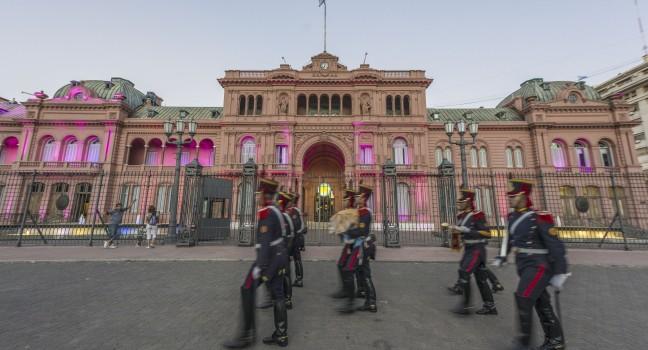Plaza de Mayo

Since its construction in 1580, this has been the setting for Argentina's most politically turbulent moments, including the uprising against Spanish colonial rule on May 25, 1810—hence its name. The square was once divided in two by a recova (gallery), but this reminder of colonial times was demolished in 1883 and the square's central monument, the Pirámide de Mayo, was later moved to its place. The pyramid you see is a 1911 extension of the original (which is hidden inside), erected in 1811 on the anniversary of the Revolution of May. The bronze equestrian statue of General Manuel Belgrano, the designer of Argentina's flag, dates from 1873.
The plaza remains the traditional site for ceremonies, rallies, and protests. Thousands cheered for Perón and Evita here; anti-Peronist planes bombed the gathered crowds in 1955; there were bloody clashes in December 2001 (hence the heavy police presence and crowd-control barriers); but the mood was jubilant for the nation's bicentenary in 2010. The white head scarves painted around the pyramid represent the Madres de la Plaza de Mayo (Mothers of May Square) who have marched here every Thursday at 3:30 for nearly four decades. Housewives and mothers–turned–militant activists, they demand justice for los desaparecidos—the people who were "disappeared" during Argentina's dictatorial military government (1976–83).



